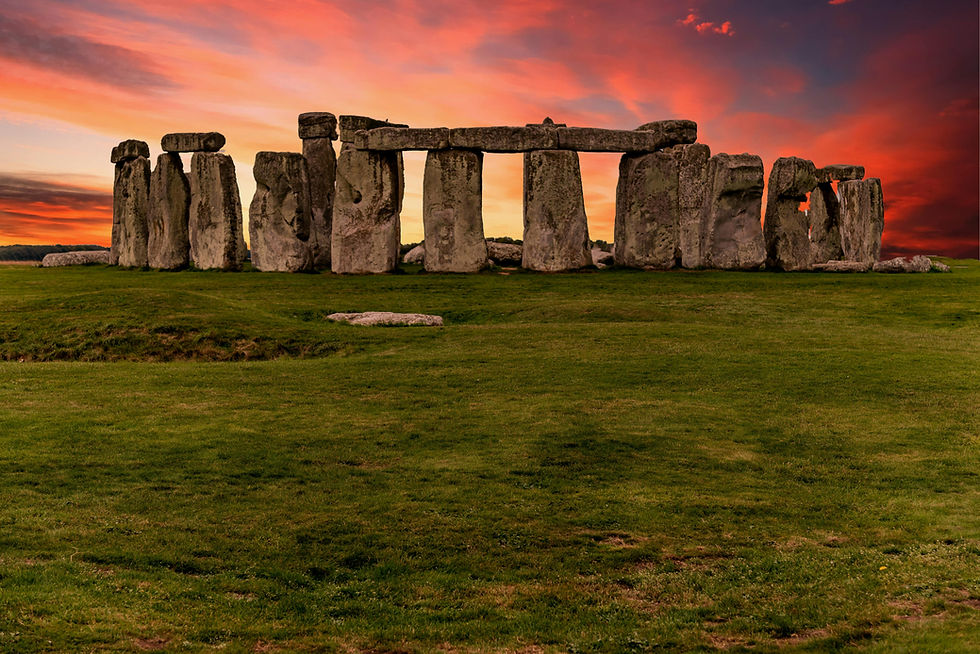Celebrating the Summer Solstice 2025: The Longest Day of the Year
- myscza
- Jun 20
- 2 min read
The Summer Solstice, occurring around June 20-22 in the Northern Hemisphere, marks the official start of summer and the longest day of the year. It’s a time when the sun reaches its highest point in the sky, bringing abundant daylight and warmth. But beyond just sunshine, the solstice holds deep cultural, historical, and spiritual significance across the world.
What Is the Summer Solstice?
The term "solstice" comes from the Latin words sol (sun) and sistere (to stand still), reflecting how the sun appears to pause at its peak before reversing direction.
- Astronomically, it happens when Earth’s axial tilt is most inclined toward the sun (about 23.5 degrees).
- In the Northern Hemisphere, this occurs in June, while the Southern Hemisphere experiences its Winter Solstice at the same time.
- Summer Solstice 2025 falls on June 20.
Historical & Cultural Celebrations
For millennia, people have celebrated the solstice with festivals, rituals, and gatherings. Here are some fascinating traditions:
1. Stonehenge (England)
One of the most famous solstice celebrations happens at Stonehenge, where thousands gather to watch the sunrise align perfectly with the ancient stones. Many believe this was a sacred site for Neolithic sun worship.

2. Midsummer (Scandinavia & Baltic Countries)
In Sweden, Norway, and Finland, Midsummer is a major holiday with maypole dancing, flower crowns, bonfires, and feasts—celebrating fertility and light.

3. Inti Raymi (Peru)
The Inca Empire honored the sun god Inti with a grand festival in Cusco, involving music, dances, and sacrifices. Today, it’s reenacted as a cultural event.
4. Ancient Egypt & China
- Egyptians linked the solstice to the Nile’s flooding cycle, crucial for agriculture.
- In China, the Duanwu Festival (Dragon Boat Festival) often coincides with the solstice.
Modern-Day Observances
Today, people celebrate the solstice in many ways:
- Bonfires & Beach Parties – Many light fires to symbolize the sun’s power.
- Yoga & Meditation – In places like India, International Yoga Day (June 21) aligns with the solstice, emphasizing renewal.
- Nature Gatherings – Hiking, picnics, and outdoor festivals embrace the extended daylight.

Fun Facts About the Summer Solstice
🔹 The Arctic Circle experiences 24 hours of daylight—called the "Midnight Sun."
🔹 The earliest sunrise and latest sunset don’t perfectly align with the solstice due to Earth’s orbit.
🔹 Some cultures believed it was a time when fairies and spirits were most active!
How Will You Celebrate?
Whether you’re watching the sunrise, hosting a bonfire, or simply enjoying extra daylight, the Summer Solstice is a perfect time to reflect, recharge, and embrace nature’s energy.
What’s your favorite solstice tradition? Let us know in the comments!
Comments